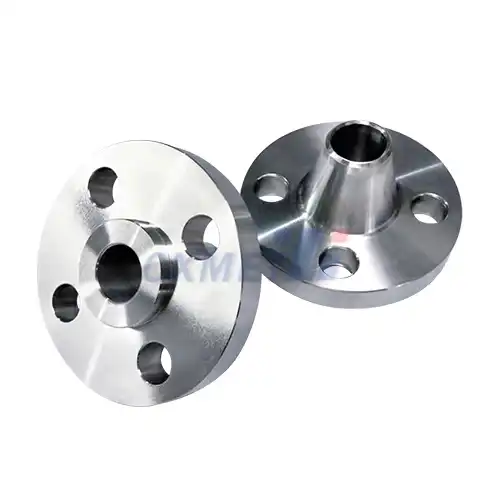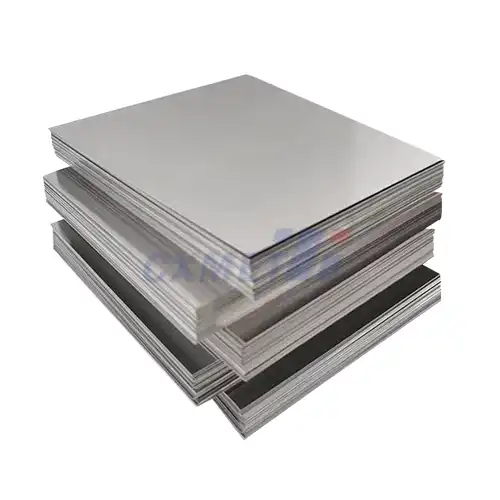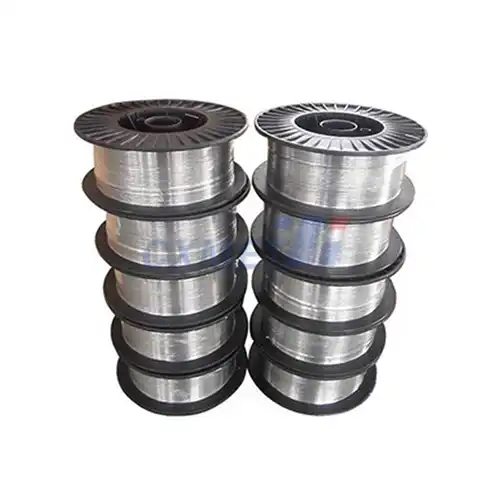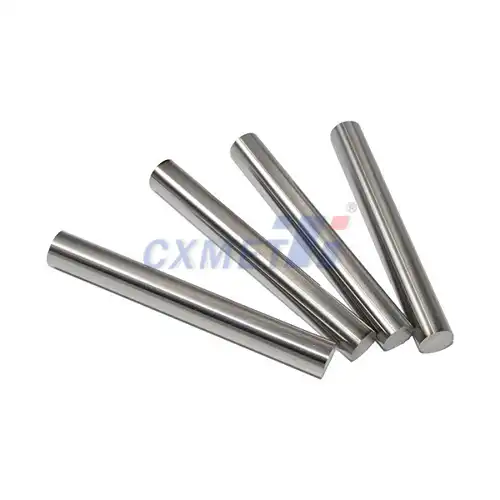- English
- French
- German
- Portuguese
- Spanish
- Russian
- Japanese
- Korean
- Arabic
- Greek
- German
- Turkish
- Italian
- Danish
- Romanian
- Indonesian
- Czech
- Afrikaans
- Swedish
- Polish
- Basque
- Catalan
- Esperanto
- Hindi
- Lao
- Albanian
- Amharic
- Armenian
- Azerbaijani
- Belarusian
- Bengali
- Bosnian
- Bulgarian
- Cebuano
- Chichewa
- Corsican
- Croatian
- Dutch
- Estonian
- Filipino
- Finnish
- Frisian
- Galician
- Georgian
- Gujarati
- Haitian
- Hausa
- Hawaiian
- Hebrew
- Hmong
- Hungarian
- Icelandic
- Igbo
- Javanese
- Kannada
- Kazakh
- Khmer
- Kurdish
- Kyrgyz
- Latin
- Latvian
- Lithuanian
- Luxembou..
- Macedonian
- Malagasy
- Malay
- Malayalam
- Maltese
- Maori
- Marathi
- Mongolian
- Burmese
- Nepali
- Norwegian
- Pashto
- Persian
- Punjabi
- Serbian
- Sesotho
- Sinhala
- Slovak
- Slovenian
- Somali
- Samoan
- Scots Gaelic
- Shona
- Sindhi
- Sundanese
- Swahili
- Tajik
- Tamil
- Telugu
- Thai
- Ukrainian
- Urdu
- Uzbek
- Vietnamese
- Welsh
- Xhosa
- Yiddish
- Yoruba
- Zulu
How Do You Clean a Molybdenum Crucible?
2025-03-31 14:31:35
Molybdenum crucibles are essential tools in various scientific and industrial applications, particularly in high-temperature processes. These crucibles are known for their excellent heat resistance and chemical inertness, making them ideal for use in extreme conditions. However, to maintain their effectiveness and longevity, proper cleaning is crucial. In this blog post, we'll explore the best methods for cleaning molybdenum crucibles, addressing common concerns and providing practical solutions.
|
|
|
What are the best solvents for cleaning molybdenum crucibles?
Choosing the right solvent for cleaning molybdenum crucibles is crucial to ensure effective cleaning without damaging the material. The best solvents for cleaning molybdenum crucibles depend on the type of contaminants present and the specific application of the crucible. Here are some of the most effective solvents and cleaning agents:
- Nitric Acid (HNO3): Nitric acid is a powerful oxidizing agent that can effectively remove many types of contaminants from molybdenum crucibles. It's particularly useful for dissolving metal oxides and organic residues. When using nitric acid, it's important to use a diluted solution (typically 10-20%) and avoid prolonged exposure to prevent damage to the crucible.
- Hydrochloric Acid (HCl): Hydrochloric acid is effective in removing metal salts and some oxides. It's often used in combination with nitric acid (aqua regia) for more stubborn contaminants. However, care must be taken as HCl can be corrosive to molybdenum if used in high concentrations or for extended periods.
- Sodium Hydroxide (NaOH): For organic contaminants and certain metal oxides, a sodium hydroxide solution can be effective. It's particularly useful for removing silicon-based residues. A 10-20% NaOH solution at elevated temperatures (around 60-80°C) can be used for cleaning.
- Hydrogen Peroxide (H2O2): In some cases, hydrogen peroxide can be used as a gentler alternative to strong acids. It's effective in removing organic residues and some metal oxides. A 3-5% solution is typically sufficient for most cleaning tasks.
- Acetone and Isopropyl Alcohol: For removing organic contaminants and as a final rinse, acetone and isopropyl alcohol are excellent choices. They evaporate quickly and leave no residue, making them ideal for the final cleaning step.
When using any of these solvents, it's crucial to follow proper safety protocols, including wearing appropriate personal protective equipment (PPE) and working in a well-ventilated area. After cleaning with solvents, always rinse the crucible thoroughly with deionized water and dry it completely before use.
It's worth noting that the choice of solvent may also depend on the specific grade of molybdenum used in the crucible and any surface treatments or coatings applied. Always consult the manufacturer's recommendations or a materials specialist if you're unsure about the compatibility of a cleaning agent with your specific molybdenum crucible.
How often should you clean a molybdenum crucible?
The frequency of cleaning molybdenum crucibles depends on several factors, including the type of materials being processed, the operating conditions, and the specific application. However, establishing a regular cleaning routine is essential for maintaining the crucible's performance and extending its lifespan. Here are some guidelines to help determine how often you should clean your molybdenum crucible:
- After Each Use: For applications involving high-purity materials or where cross-contamination is a concern, it's best to clean the crucible after each use. This ensures that no residues from previous experiments or processes affect subsequent uses.
- Based on Visual Inspection: Regularly inspect the crucible for signs of contamination, discoloration, or residue buildup. If any of these are observed, it's time to clean the crucible, regardless of the time elapsed since the last cleaning.
- Frequency Based on Application:
- For high-temperature metal melting: Clean after every 5-10 uses or when visible residue is present.
- For crystal growth applications: Clean after each growth cycle to ensure optimal conditions for subsequent growths.
- For analytical chemistry applications: Clean before each use to maintain accuracy and prevent cross-contamination.
- Scheduled Maintenance: Implement a regular cleaning schedule based on your usage patterns. For instance, if the crucible is used daily, a weekly deep cleaning might be appropriate.
- Before Long-Term Storage: Always clean the crucible thoroughly before storing it for an extended period. This prevents any residues from hardening or corroding the surface during storage.
It's important to note that over-cleaning can also be detrimental. Excessive cleaning, especially with harsh chemicals, can lead to surface degradation over time. Therefore, strike a balance between maintaining cleanliness and avoiding unnecessary wear on the crucible.
To determine the optimal cleaning frequency for your specific application, consider the following factors:
- The type of materials being processed in the crucible
- The operating temperature and environment
- The purity requirements of your experiments or processes
- Any visible signs of contamination or degradation
- The manufacturer's recommendations for your specific crucible model
By taking these factors into account and establishing a consistent cleaning routine, you can ensure that your molybdenum crucible remains in optimal condition, providing reliable performance and accurate results in your scientific or industrial applications.
|
|
|
What precautions should be taken when cleaning molybdenum crucibles?
Cleaning molybdenum crucibles requires careful attention to safety and proper handling techniques to protect both the user and the crucible itself. Here are essential precautions to take when cleaning molybdenum crucibles:
- Personal Protective Equipment (PPE):
- Always wear appropriate PPE, including chemical-resistant gloves, safety goggles, and a lab coat or apron.
- If using strong acids or bases, consider wearing a face shield for additional protection.
- Use a fume hood or well-ventilated area when working with volatile cleaning agents.
- Chemical Handling:
- Familiarize yourself with the Safety Data Sheets (SDS) for all cleaning chemicals used.
- Always add acid to water, never water to acid, to prevent dangerous splashing.
- Use only the recommended concentrations of cleaning agents to avoid damaging the crucible.
- Temperature Considerations:
- Allow the crucible to cool completely before cleaning to prevent thermal shock and potential injury.
- If using heated cleaning solutions, monitor the temperature carefully to avoid overheating.
- Mechanical Cleaning:
- Avoid using abrasive materials or tools that could scratch or damage the crucible surface.
- If mechanical cleaning is necessary, use soft brushes or lint-free cloths to prevent scratching.
- Rinsing and Drying:
- Rinse the crucible thoroughly with deionized or distilled water after cleaning to remove all traces of cleaning agents.
- Dry the crucible completely before storage or use to prevent corrosion or contamination.
- Storage:
- Store cleaned crucibles in a clean, dry environment to prevent contamination.
- Consider using dedicated storage containers or wrapping crucibles in lint-free cloth to protect them from dust and scratches.
- Waste Disposal:
- Dispose of cleaning solutions and rinse water according to local regulations and institutional guidelines.
- Never pour concentrated acids or bases directly down the drain.
- Material Compatibility:
- Verify that the cleaning method is compatible with any coatings or surface treatments on the crucible.
- Consult the manufacturer's guidelines or a materials specialist if unsure about a cleaning method's suitability.
- Documentation:
- Keep a cleaning log to track the frequency and methods used for each crucible.
- Note any observations or issues encountered during cleaning for future reference.
- Training:
- Ensure that all personnel involved in cleaning molybdenum crucibles are properly trained in the correct procedures and safety protocols.
- Regularly review and update cleaning procedures to incorporate any new safety guidelines or best practices.
By following these precautions, you can ensure the safe and effective cleaning of molybdenum crucibles while minimizing the risk of damage to the crucible or injury to personnel. Remember that the specific precautions may vary depending on the cleaning agents used and the particular requirements of your laboratory or industrial setting. Always prioritize safety and consult with safety officers or materials experts when implementing new cleaning procedures or working with unfamiliar materials.
At SHAANXI CXMET TECHNOLOGY CO., LTD, we take pride in our extensive product range, which caters to diverse customer needs. Our company is equipped with outstanding production and processing capabilities, ensuring the high quality and precision of our products. We are committed to innovation and continuously strive to develop new products, keeping us at the forefront of our industry. With leading technological development capabilities, we are able to adapt and evolve in a rapidly changing market. Furthermore, we offer customized solutions to meet the specific requirements of our clients. If you are interested in our products or wish to learn more about the intricate details of our offerings, please do not hesitate to contact us at sales@cxmet.com. Our team is always ready to assist you.
|
|
|
|
References
1. ASM International. (2018). ASM Handbook, Volume 2A: Aluminum Science and Technology. Materials Park, OH: ASM International.
2. Becker, J., & Gordon, R. G. (2003). Diffusion barrier properties of tungsten nitride films grown by atomic layer deposition from bis(tert-butylimido)bis(dimethylamido)tungsten and ammonia. Applied Physics Letters, 82(14), 2239-2241.
3. Ching, W. Y., Xu, Y. N., & Rulis, P. (2009). Structure and properties of γ-Al2O3 and α-Al2O3 from first principles calculations. Journal of Applied Physics, 105(6), 061618.
4. Dascalescu, L., Samuila, A., & Rafiroiu, D. (2017). Practical guide to electrostatic processes in materials handling applications. Journal of Electrostatics, 88, 24-34.
5. Habashi, F. (2002). Textbook of hydrometallurgy. Sainte-Foy, Québec: Métallurgie Extractive Québec.
6. Haines, P. J. (Ed.). (2002). Principles of thermal analysis and calorimetry. Cambridge: Royal Society of Chemistry.











